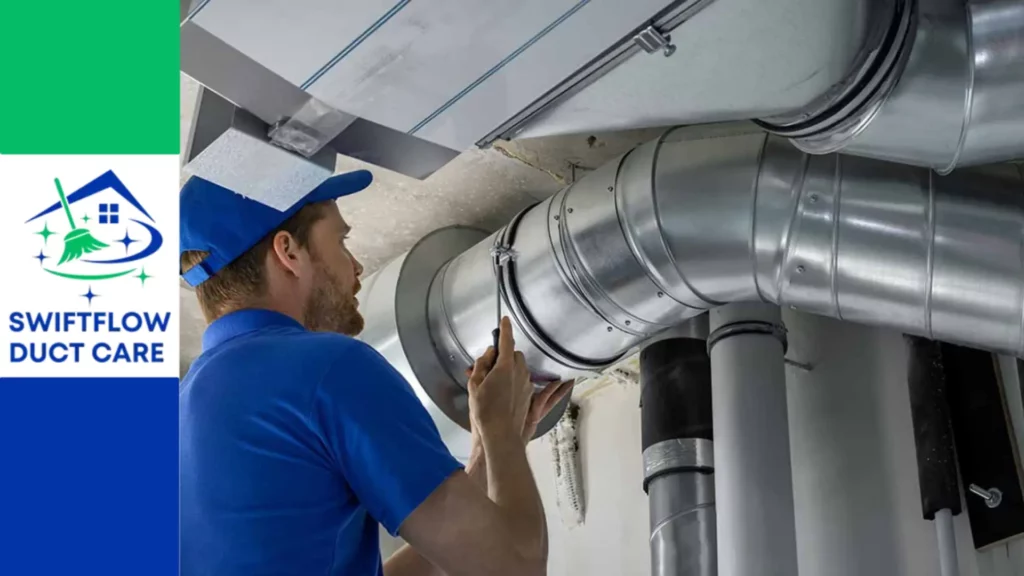Selecting the right duct type for air duct replacement is a critical decision that affects HVAC efficiency, energy savings, and overall system performance. Industry experts emphasize that the choice between duct types—rigid or flexible—should be based on factors such as durability, airflow efficiency, and suitability for the home’s specific needs. Here’s a closer look at professional insights into making an informed decision.
Rigid Ducts: The Durable Option
HVAC professionals often recommend rigid ducts, typically constructed from materials like sheet metal or fiberglass-lined steel, for their durability and superior airflow characteristics. Rigid ducts feature smooth inner surfaces, which minimize airflow resistance, resulting in greater energy efficiency. Experts note that while rigid ducts may require more effort during installation, their long lifespan and ability to support high-quality insulation make them a cost-effective choice for many homes.
Flexible Ducts: Versatility and Ease of Installation
Flexible ducts are lauded by some experts for their versatility and ease of installation, especially in spaces with tight corners or complex layouts. Made from a combination of plastic and wire coil, they can be easily maneuvered into areas where rigid ducts may not fit. However, professionals caution that flexible ducts can be prone to kinking or sagging, which reduces airflow and HVAC efficiency. They recommend ensuring proper installation techniques to maintain optimal performance if flexible ducts are chosen.
Balancing Efficiency and Environmental Impact
Environmental considerations also play a role in expert recommendations. Rigid ducts are often favored for their recyclability and longevity, reducing the frequency of replacements and landfill waste. Flexible ducts, while convenient, are less sustainable due to their mixed material composition, which complicates recycling. Experts advise homeowners to weigh the environmental impact of their choices and, where possible, opt for ducts with a smaller ecological footprint.
Custom Solutions for Unique Needs
Experts emphasize that no single duct type fits every scenario, and the choice should align with the home’s specific requirements. Factors like the size of the HVAC system, the complexity of the ductwork layout, and the homeowner’s budget all influence the decision. Many professionals advocate for a hybrid approach, using rigid ducts in main runs for durability and efficiency while utilizing flexible ducts in shorter, hard-to-reach sections for practicality.
When it comes to air duct replacement, expert opinions highlight the importance of tailoring the choice to the unique demands of the home. By balancing durability, efficiency, and environmental impact, homeowners can ensure their HVAC system operates effectively and sustainably for years to come.
Learn more:
Environmental Impact of Air Duct Replacement: Flexible vs. Rigid Ducts

